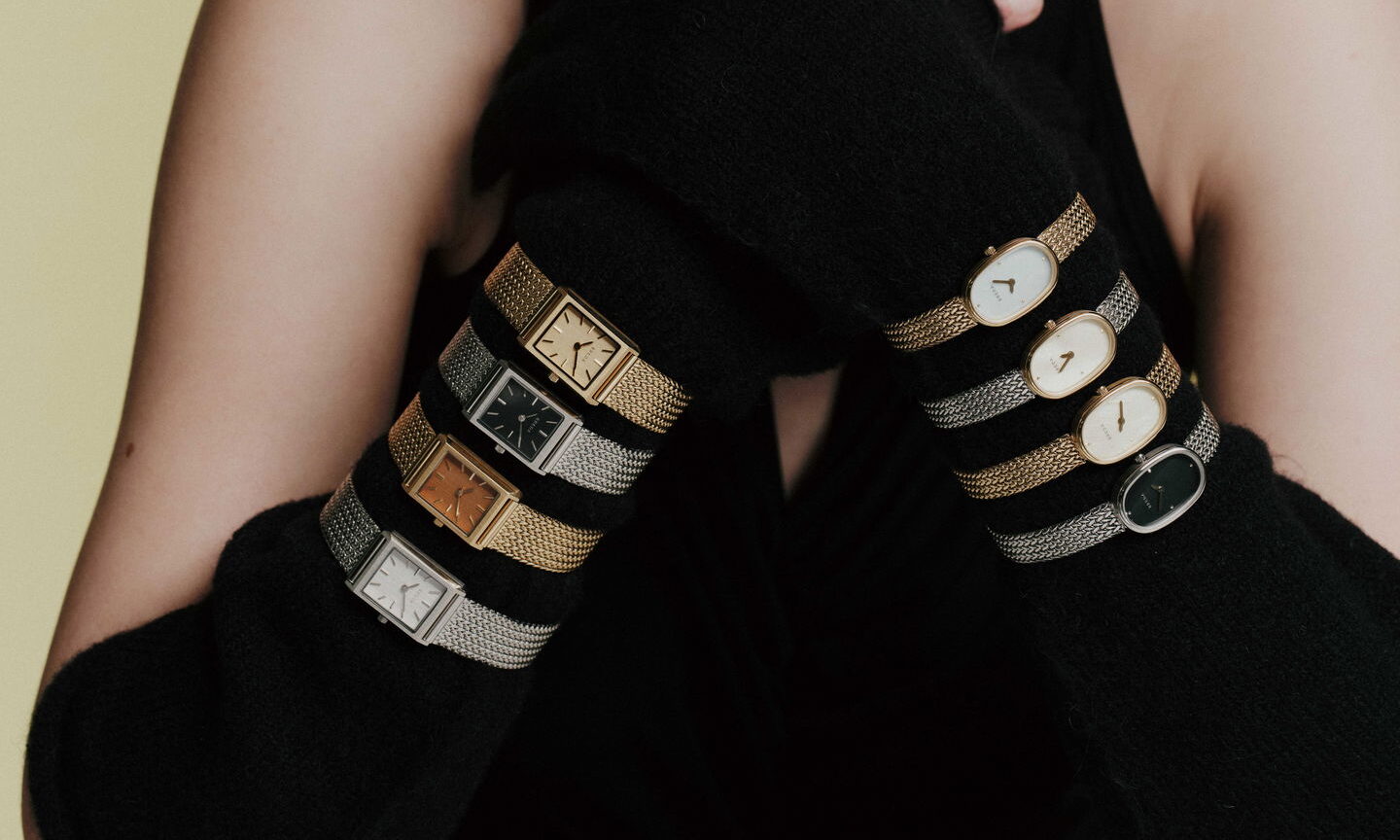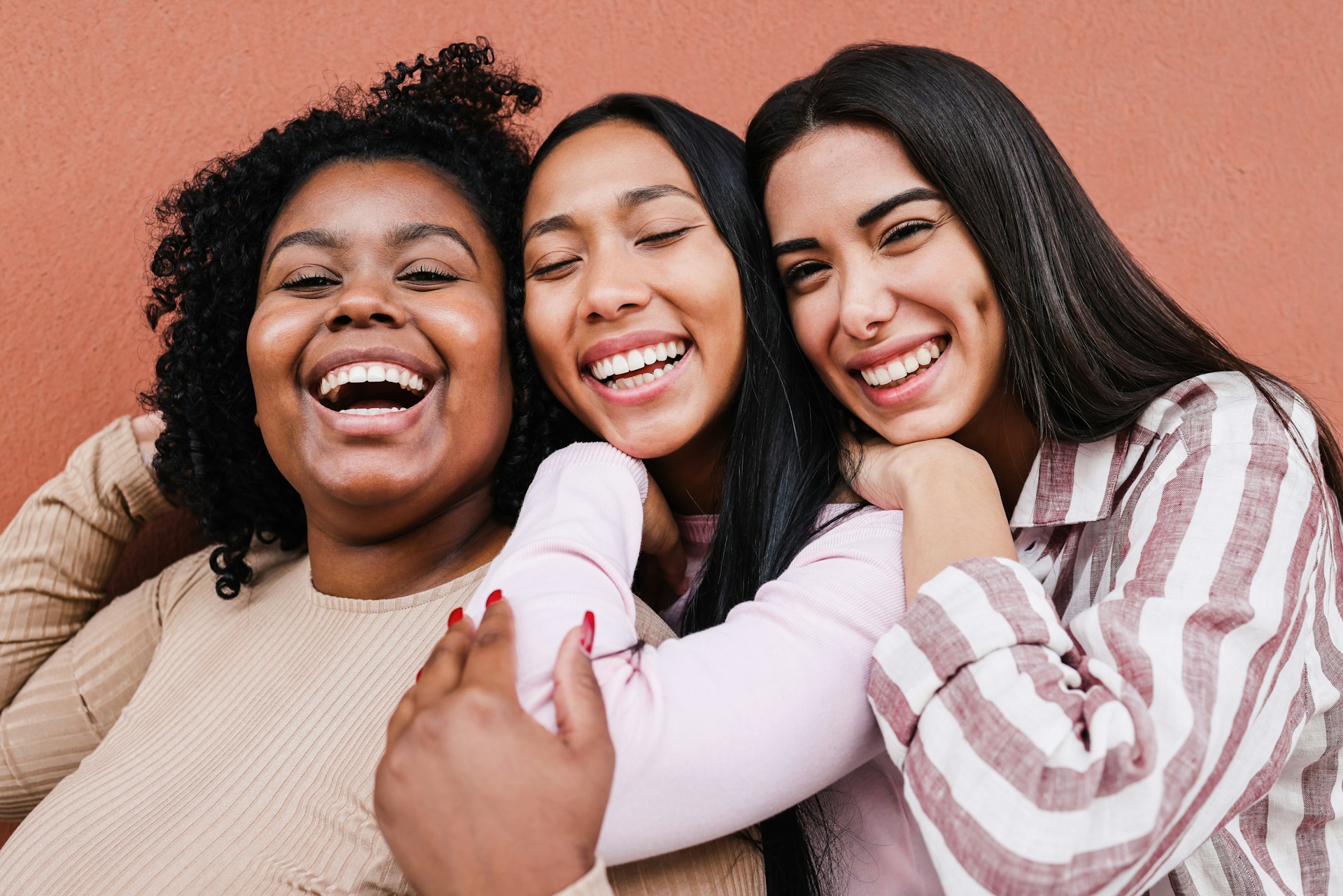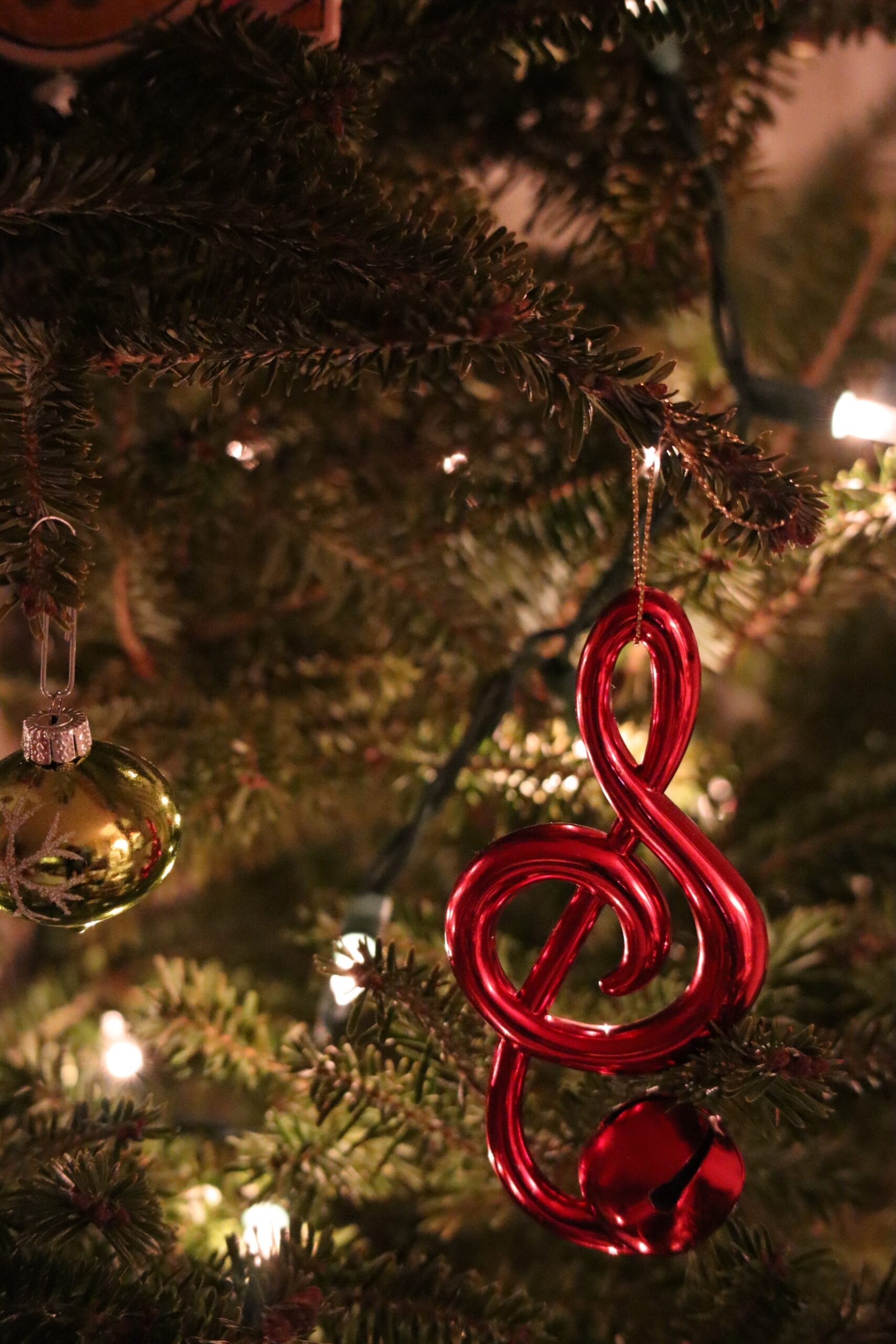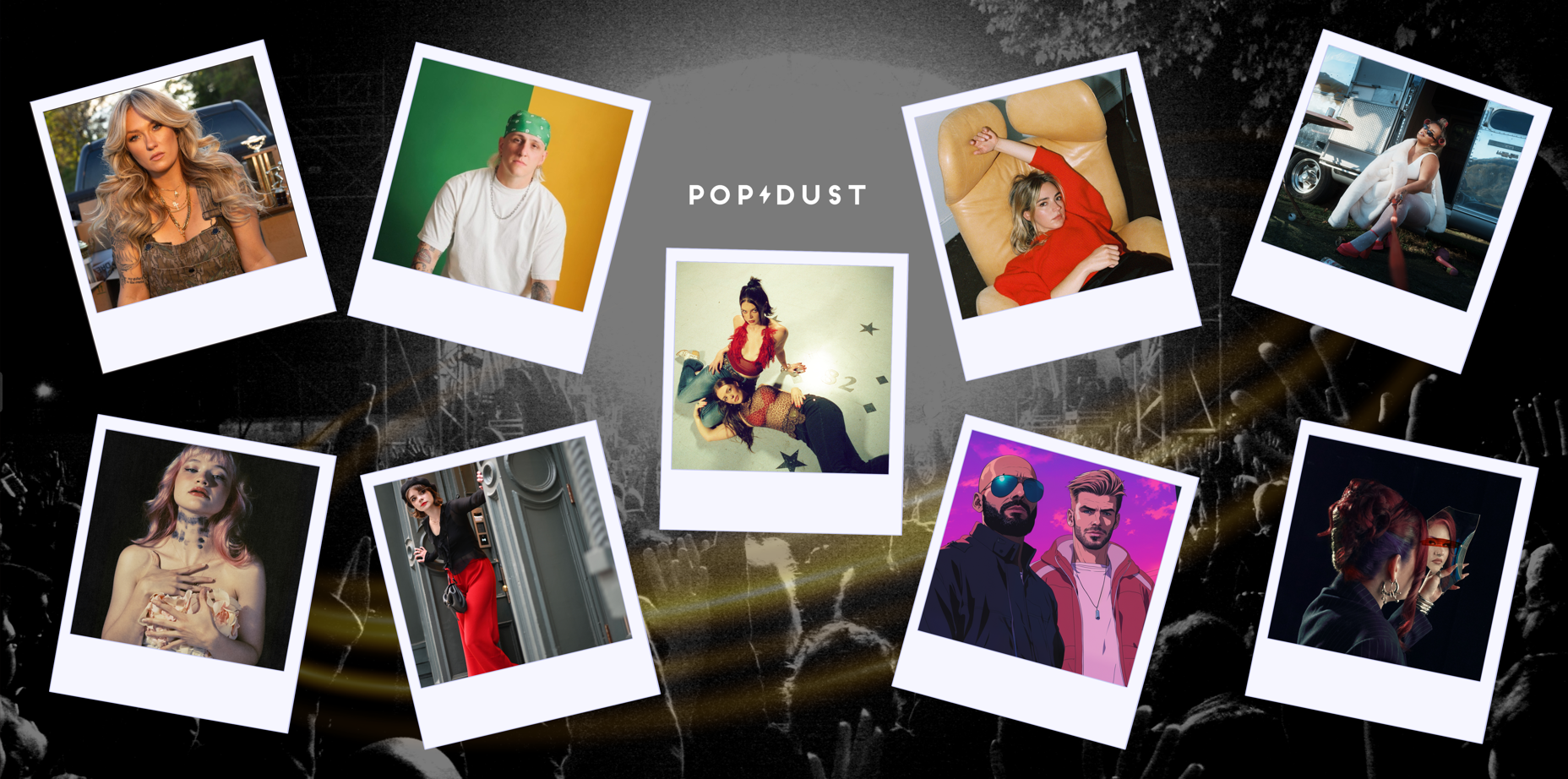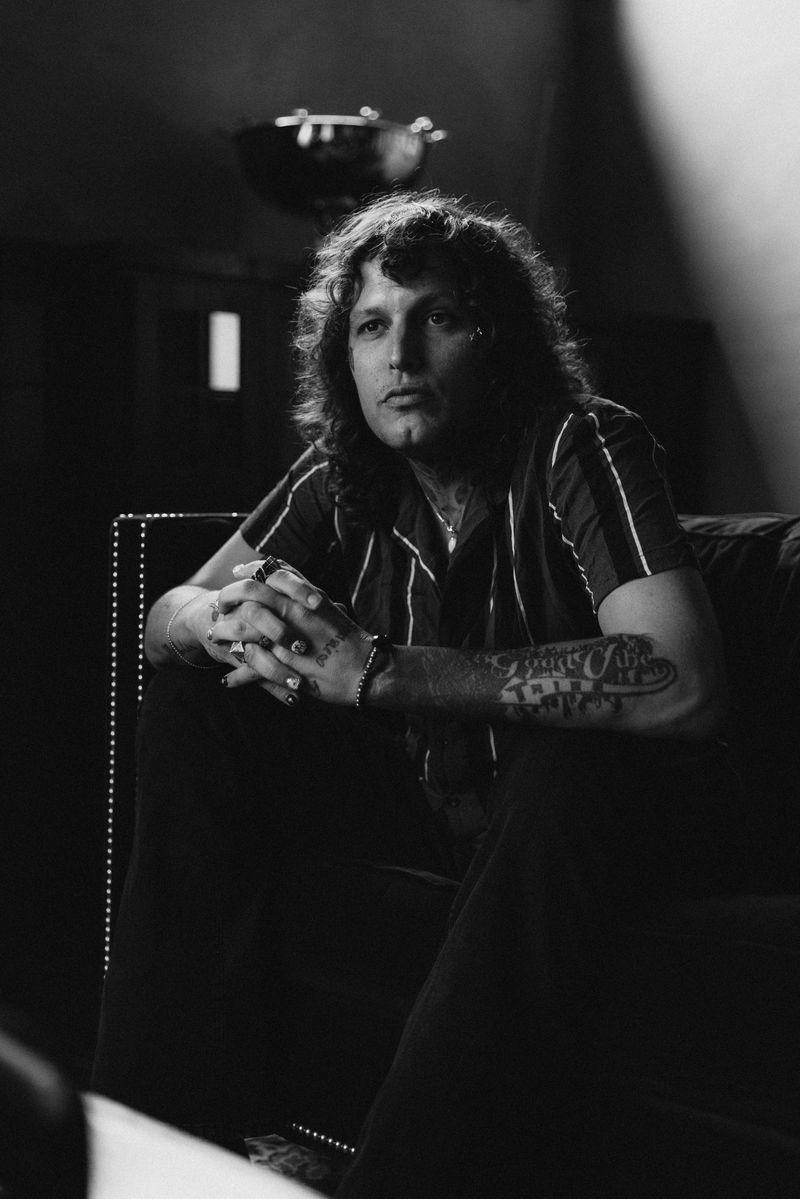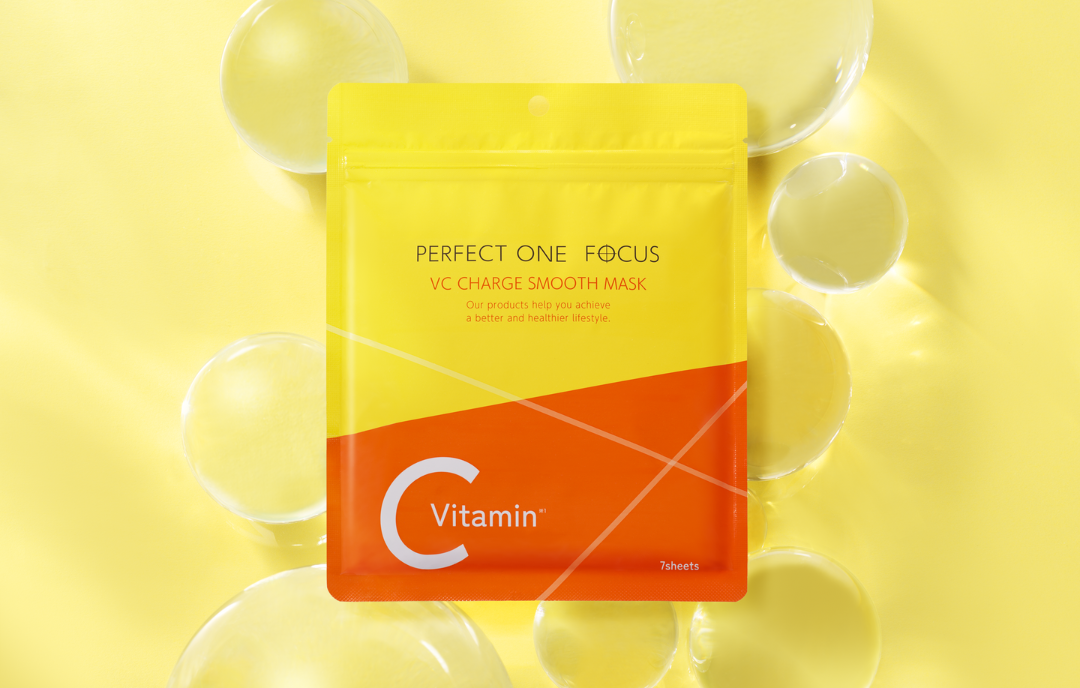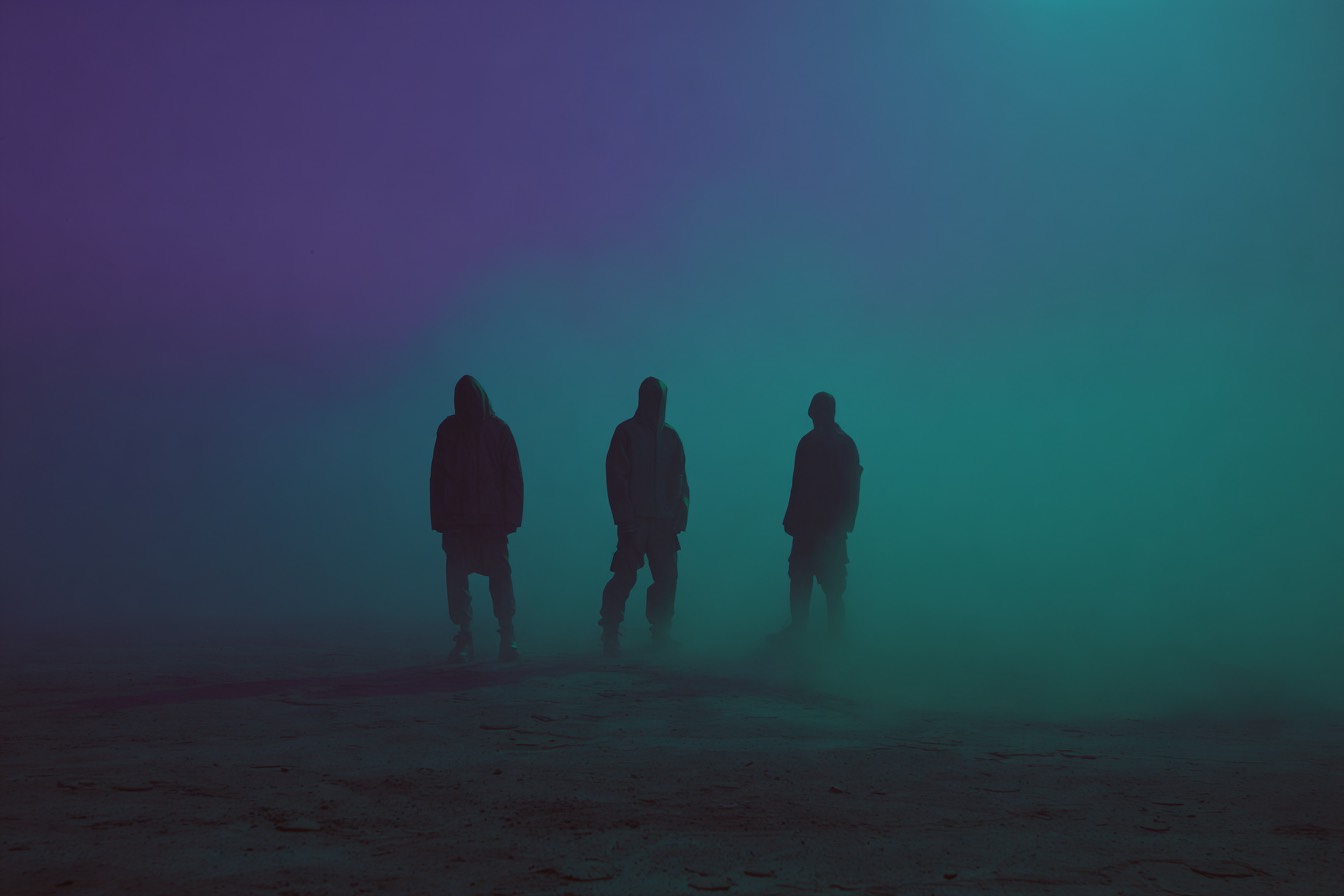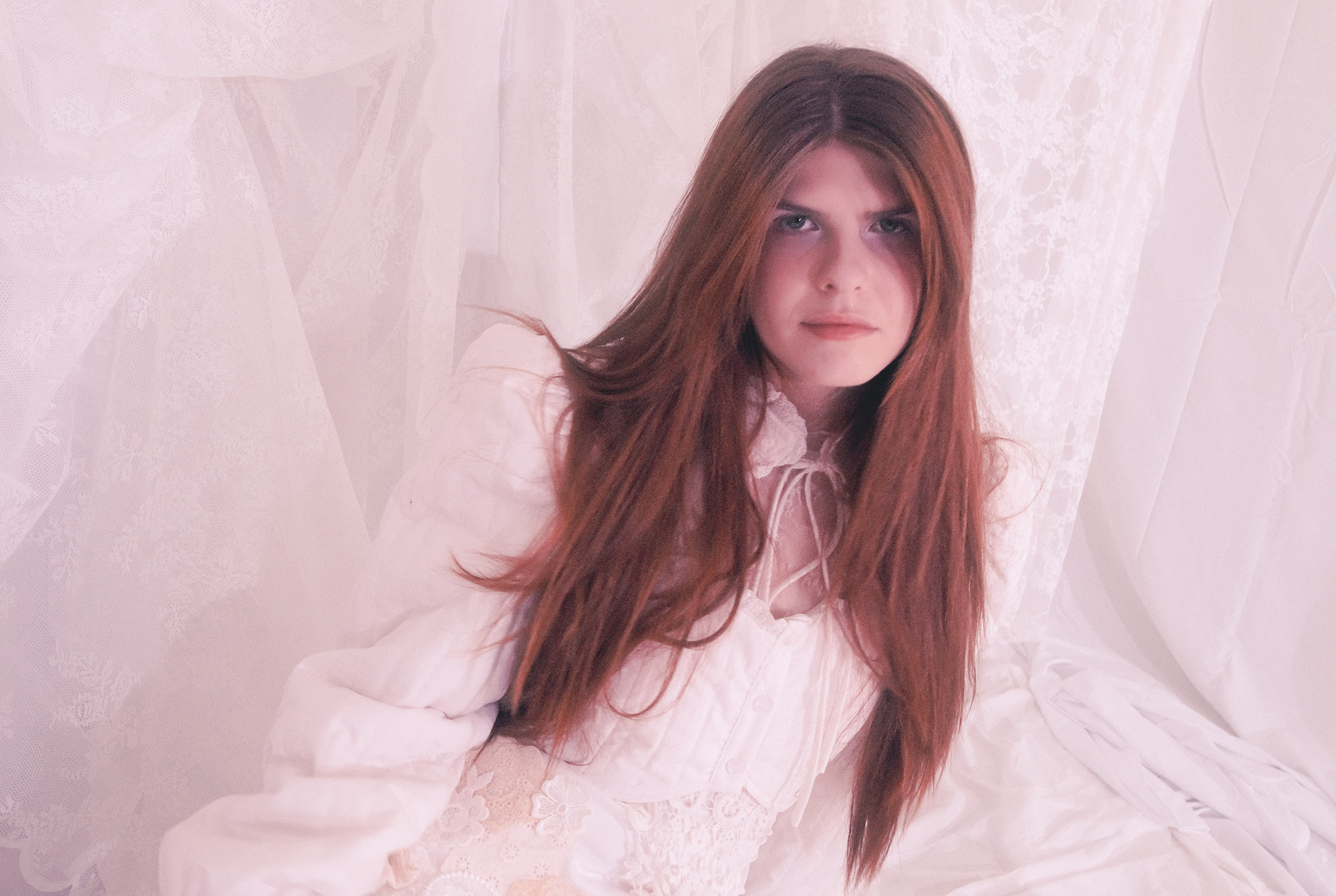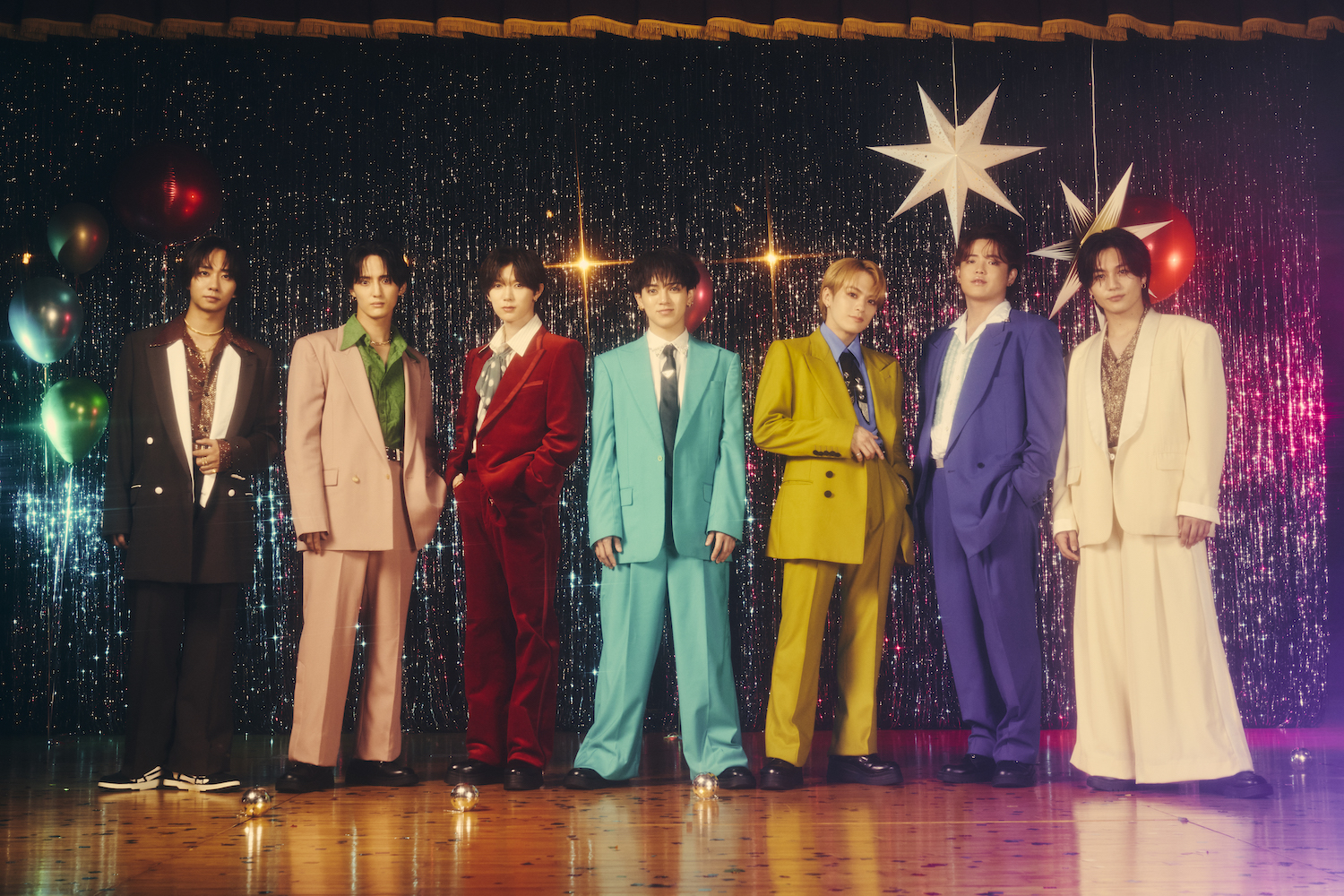Popular
Is the Wedding Industry Having a Main Character Moment?
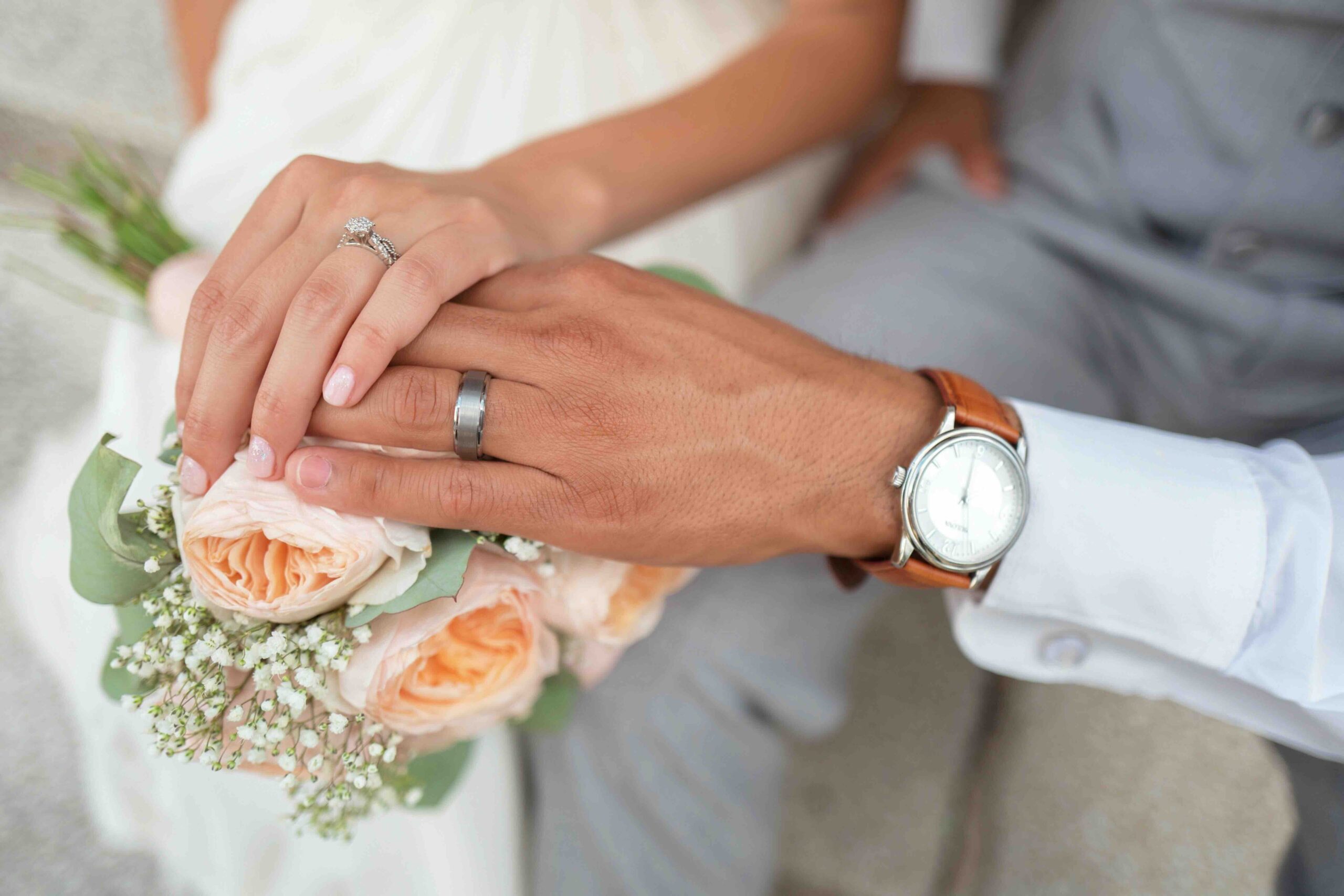
Weddings used to be about love. Now, they are about lighting.
The modern wedding is no longer just a ceremony. It is a cinematic production starring two people who also happen to be in love. Somewhere between a Vogue editorial and a lifestyle brand launch, the wedding industry has entered its “main character era.” Every couple is the lead. Every guest is supporting cast. Every moment, from the first look to the final sparkler exit, is curated for a digital audience that may or may not exist.
From Marriage to Marketing
It used to be that a wedding album lived quietly on a shelf, brought out occasionally to embarrass your children or revisit questionable hairstyles. Now, the wedding album is an ongoing social media campaign. There are hashtags, teaser trailers, countdown posts, and behind-the-scenes footage. Couples don’t just plan weddings anymore. They launch them.
Wedding planners have become creative directors. Florists are art-installation designers. Even celebrants now come equipped with brand tone and social strategy. The event itself is the performance, but the content lives forever online.
There is nothing inherently wrong with wanting a beautiful day captured beautifully. The problem arises when it starts to feel less like a celebration and more like a production. The ceremony becomes an episode, the vows a voiceover, and the guests the extras who happen to be there for the finale.
The Age of the Aesthetic
The “main character energy” phenomenon began as a self-aware internet joke. It encouraged people to live life with confidence, to see themselves as the star of their own story. Somewhere along the way, it became literal.
Wedding culture absorbed the trend effortlessly. The rise of aesthetic weddings on TikTok and Instagram has created an entire genre of visual storytelling. You can now choose your wedding style as if you were selecting a film filter: coastal chic, vintage indie, rustic modern, ethereal garden. The idea is not just to host a wedding, but to inhabit an aesthetic fully and authentically, as though your marriage depends on colour grading.
It is no coincidence that couples are now hiring “wedding content creators” to capture and edit their day for TikTok. These professionals work alongside photographers and videographers but focus on creating instant, shareable clips. The result is a wedding that unfolds in real time for an audience beyond the guest list. Love is not only witnessed; it is published.
Romance Meets Performance
To be fair, weddings have always had performative elements. The walk down the aisle, the first dance, the toast – they are designed moments meant to be seen. But the difference now lies in scale and self-awareness. The modern couple is both the subject and the producer.
There is pressure to look effortless and genuine while orchestrating a day that is anything but spontaneous. The “unfiltered” moments are often the most carefully staged. A veil toss or a candid laugh can take multiple takes. Behind the glow of fairy lights, there is usually a Google Sheet and a timeline accurate to the minute.
This performance culture is not limited to the wedding day either. Engagement photos, proposal videos, bridal showers, and bachelorette trips are all content chapters leading up to the main event. Even the honeymoon has become an aesthetic extension of the brand, complete with coordinated outfits and scenic drone footage.
It raises a question: when everything becomes content, what happens to the private parts of love?
The Pressure to Be Perfect
The modern wedding industry thrives on aspiration. Pinterest boards, Instagram reels, and influencer recommendations create a visual echo chamber of perfection. Couples scrolling for inspiration often find themselves chasing ideals that feel impossible to replicate.
Budgets expand. Expectations grow. Vendors are pushed to deliver not just quality, but viral potential. The emotional cost can be heavy. Planning a wedding has always been stressful, but now it comes with an added layer of performative pressure. How will it look online? How many likes will it get?
For guests, the experience changes too. Some feel like spectators rather than participants. Others spend more time filming the ceremony than witnessing it. The intimacy of the occasion can get lost in the pursuit of spectacle.
A Mirror of Modern Love
In fairness, the wedding industry is only reflecting the culture that created it. We live in a time where identity is curated, documented, and shared. The wedding, as one of the most emotionally charged milestones in life, naturally becomes a canvas for self-expression.
There is something undeniably poetic about couples turning their love into art. The flowers, the fashion, the film – they all tell a story of who they are and how they want to be remembered. The problem arises when that story begins to feel more like a marketing campaign than a memory.
This shift does not mean weddings have lost their meaning. It simply means that love, like everything else, has adapted to the digital age.
A Call for Authenticity
The antidote to main character syndrome is not to reject beauty or creativity, but to reframe the intention behind it. The best weddings are still the ones where the emotion feels real, where the laughter is unplanned, and where the day reflects the couple rather than a trend.
It is possible to have a stunning, shareable wedding that also feels human. To post a highlight reel that celebrates love rather than performance. To plan with intention rather than imitation.
Couples are beginning to rediscover this balance. Smaller guest lists, digital Save the Dates, and minimalist décor are gaining popularity again. The movement toward authenticity is quietly reclaiming the narrative from the influencer-style extravaganza.
In the end, the main character moment is not the problem. It is the script. Love stories deserve a spotlight, but they also deserve honesty. The best kind of wedding story is not one that goes viral. It is one that still feels true long after the last photo has been posted.

